Reptiles, with their fascinating behaviors and unique care requirements, can make rewarding pets for dedicated owners. Unlike mammals, these cold-blooded creatures have specialized needs that directly impact their activity levels, mental stimulation, and overall health. Establishing consistent daily habits is crucial for reptile wellness, as these animals thrive on routine and environmental predictability. Whether you’re caring for a bearded dragon, leopard gecko, ball python, or another scaly friend, implementing proper daily care practices ensures your pet remains vibrant, engaged, and experiences a fulfilling life in captivity. This guide explores essential daily habits that contribute to a reptile’s physical vitality, mental stimulation, and long-term wellbeing.
Maintaining Proper Temperature Gradients
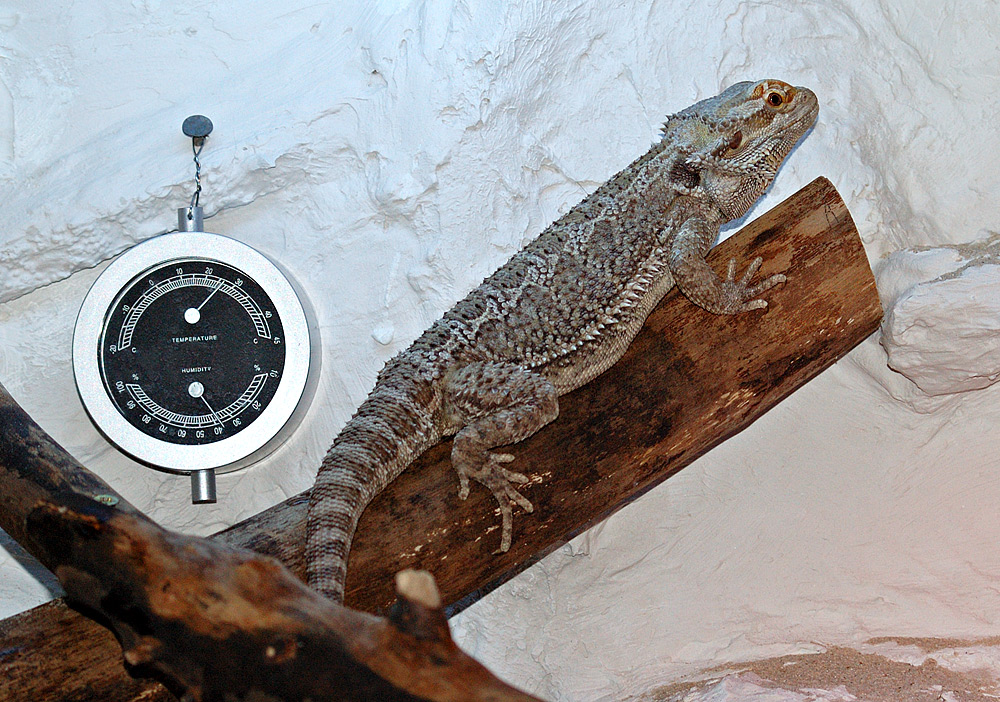
One of the most crucial daily habits for reptile owners involves monitoring and maintaining appropriate temperature gradients within the enclosure. Since reptiles are ectothermic, meaning they rely on external heat sources to regulate their body temperature, providing a range of temperatures allows them to thermoregulate naturally. Each morning, check that your heat lamps, ceramic heaters, or heating pads are functioning correctly and maintaining the species-specific temperature zones your pet requires. A digital thermometer with probes placed at both the warm and cool ends of the enclosure helps ensure accuracy, as temperature fluctuations can significantly impact your reptile’s activity level and digestion. Remember that many species need temperature drops at night, so adjusting heating elements before bedtime is equally important for mimicking natural conditions and promoting proper metabolic function.
Monitoring Humidity Levels
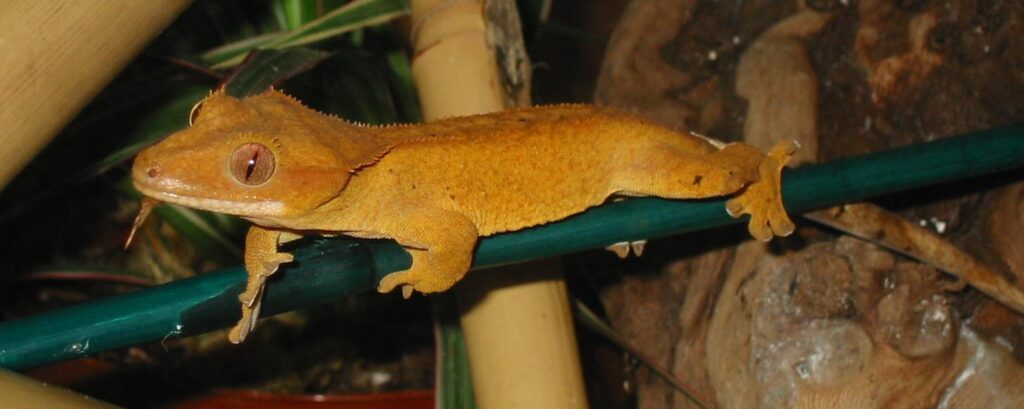
Checking and adjusting humidity levels daily is essential for keeping your reptile’s respiratory system healthy and supporting proper shedding. Different species have vastly different humidity requirements, from desert-dwelling bearded dragons needing relatively dry conditions to tropical species like crested geckos requiring consistent moisture. Invest in a reliable hygrometer and check readings at least twice daily, making adjustments as needed through misting, adding water dishes, or improving ventilation. For species requiring higher humidity, morning and evening misting sessions can help maintain appropriate levels, while ensuring the enclosure dries partially between mistings prevents problematic fungal or bacterial growth. During shedding periods, many reptiles benefit from slightly elevated humidity levels or access to a humid hide filled with damp sphagnum moss to facilitate a clean, complete shed.
Providing Fresh Water Daily
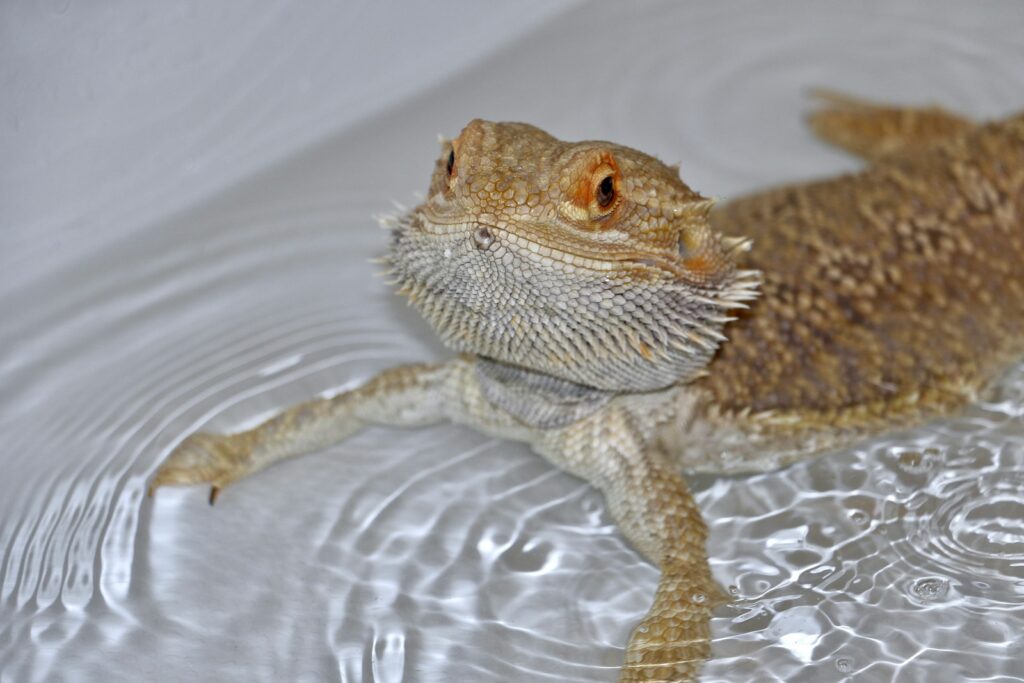
Replacing your reptile’s water daily is a non-negotiable habit that directly impacts hydration, overall health, and habitat cleanliness. Even species from arid environments require access to clean drinking water, while more aquatic reptiles may need larger water features for soaking and swimming. Use dechlorinated water when filling dishes, as tap water chemicals can be harmful to sensitive reptiles over time. Position water dishes where they won’t quickly become contaminated with substrate or feces, and choose appropriately sized containers that allow for drinking without creating drowning hazards for smaller species. Some reptiles, particularly those from humid environments, may not drink from standing water but instead lap droplets from their environment, making regular misting an important supplemental hydration technique for these species.
Offering Balanced, Species-Appropriate Nutrition
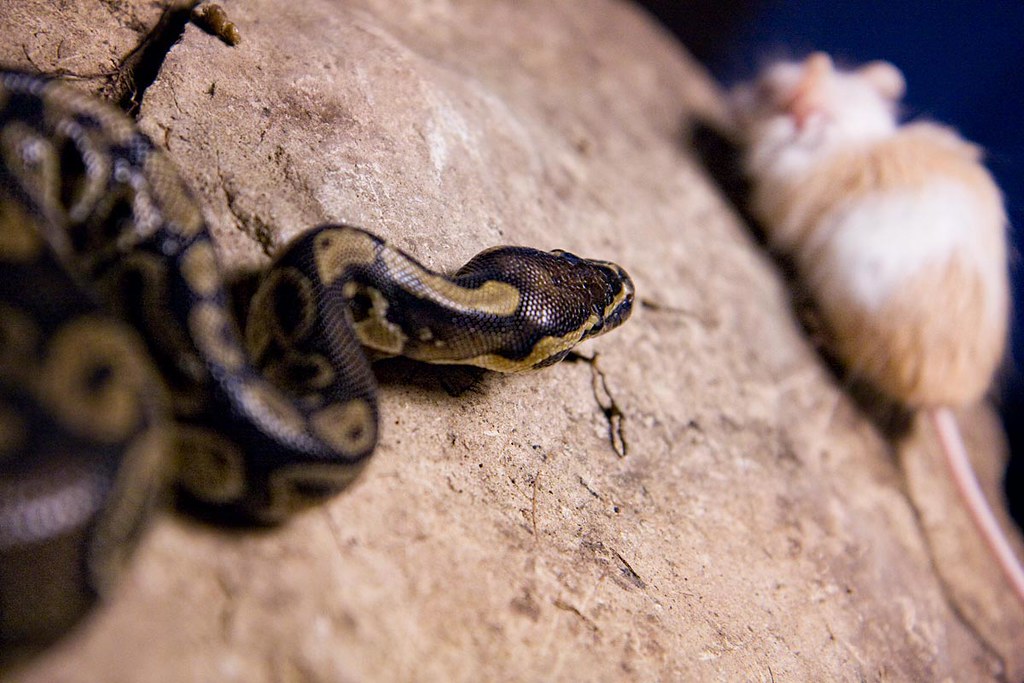
Establishing a consistent feeding schedule tailored to your reptile’s specific dietary needs promotes healthy growth, activity, and longevity. Research your species’ natural diet and replicate it as closely as possible, whether that involves insects, pre-killed rodents, commercial reptile foods, or fresh produce. For insectivores, gut-loading feeder insects 24-48 hours before feeding and dusting with calcium and vitamin supplements according to a regular schedule ensures proper nutrition. Herbivorous species benefit from fresh, varied vegetables and greens offered daily, while omnivores require carefully balanced combinations of animal and plant matter. Portion control is equally important, as many captive reptiles become overweight when overfed, leading to reduced activity and health complications. Maintaining a feeding journal helps track consumption patterns, weight changes, and supplement schedules to prevent nutritional deficiencies.
Spot-Cleaning the Habitat

Implementing daily spot-cleaning of your reptile’s enclosure prevents the buildup of harmful bacteria and parasites that can compromise your pet’s health. Remove any uneaten food items, feces, shed skin, and soiled substrate promptly to maintain hygiene and prevent odors. For substrate areas that have become damp or contaminated, replace small sections rather than disturbing the entire habitat, which helps maintain beneficial microbial balance and reduces stress on your reptile. Pay special attention to water dishes, which should be scrubbed clean when refilled to prevent biofilm development that can harbor harmful microorganisms. Creating a quick daily cleaning checklist ensures you don’t overlook areas that commonly accumulate waste, such as corners, hiding spots, and areas beneath basking platforms where debris often collects.
Behavioral Observation and Health Checks
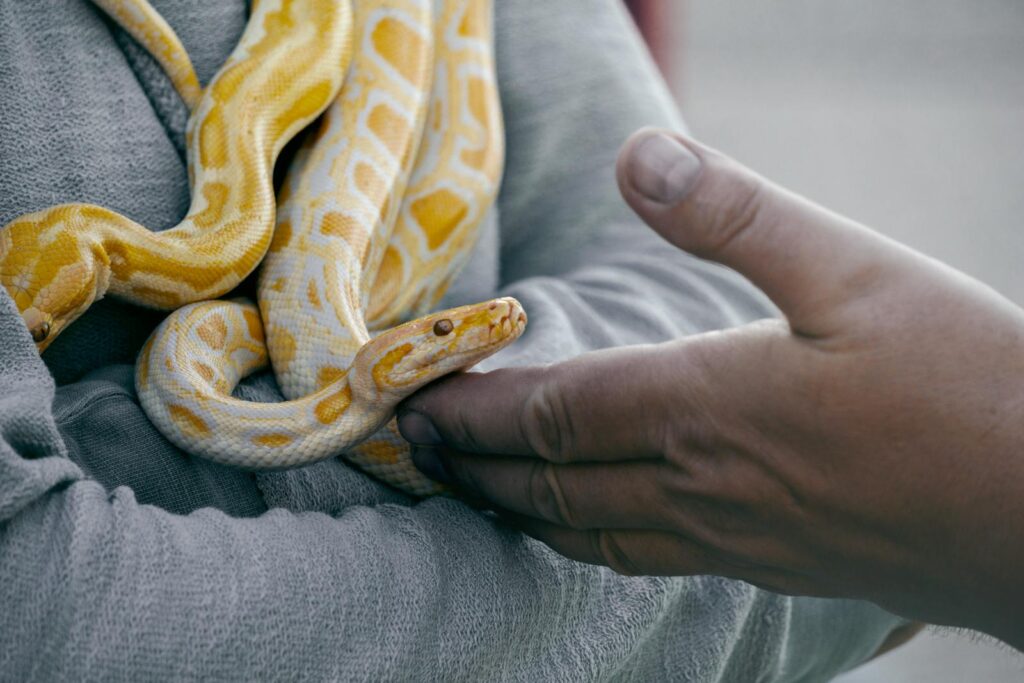
Taking a few minutes each day to observe your reptile’s behavior provides invaluable insights into their health and wellbeing. Watch for normal movement patterns, alertness, proper breathing, and interest in their environment, as changes in these behaviors often signal early health concerns. During these observation periods, visually inspect your pet for any physical abnormalities such as swelling, discoloration, stuck shed, or discharge around the eyes, nose, or mouth. Pay attention to eating and elimination habits, as changes in appetite or waste production frequently indicate developing health issues that require intervention. Establishing a baseline of what constitutes “normal” behavior for your individual reptile makes it easier to detect subtle changes that might otherwise go unnoticed until a condition becomes serious or life-threatening.
Creating Environmental Enrichment
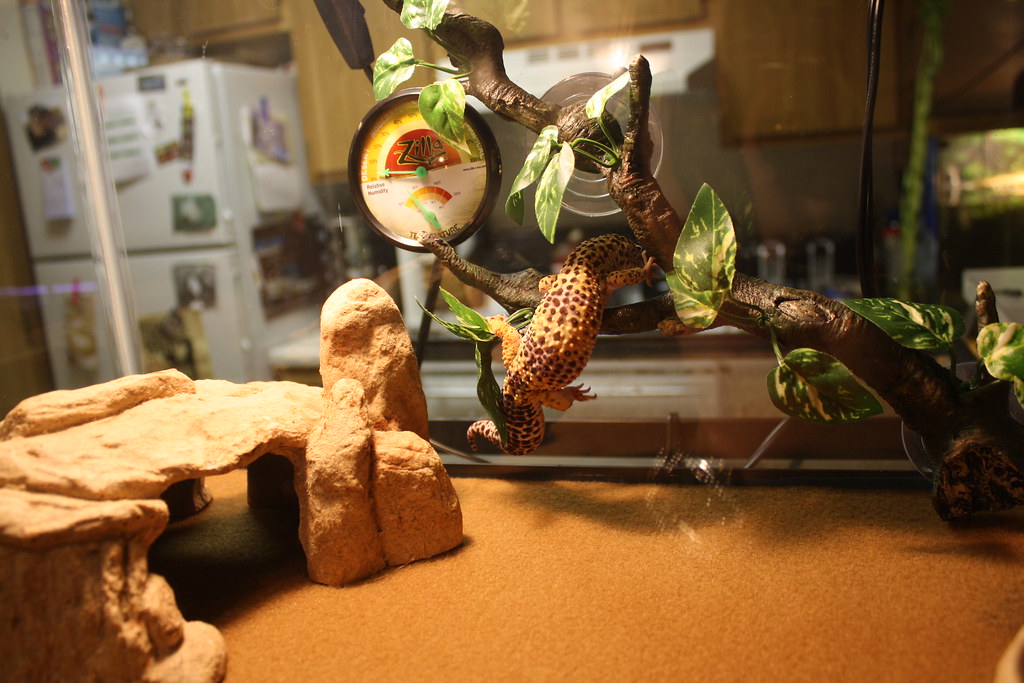
Providing daily environmental enrichment keeps your reptile mentally stimulated and encourages natural behaviors that contribute to physical fitness. Rearrange climbing branches, rocks, or decorations periodically to create new exploration opportunities and prevent habitat boredom. For more active species, consider implementing puzzle feeders that require problem-solving to access food rewards, stimulating natural hunting and foraging instincts. Many reptiles benefit from supervised exploration outside their enclosures in a safe, reptile-proofed room, giving them exercise opportunities and sensory experiences they wouldn’t encounter in their regular habitat. Even simply relocating basking spots or hiding areas occasionally challenges your pet’s adaptive capabilities and promotes active engagement with their surroundings rather than lethargic behaviors that can develop in static environments.
Implementing UVB Lighting Schedules
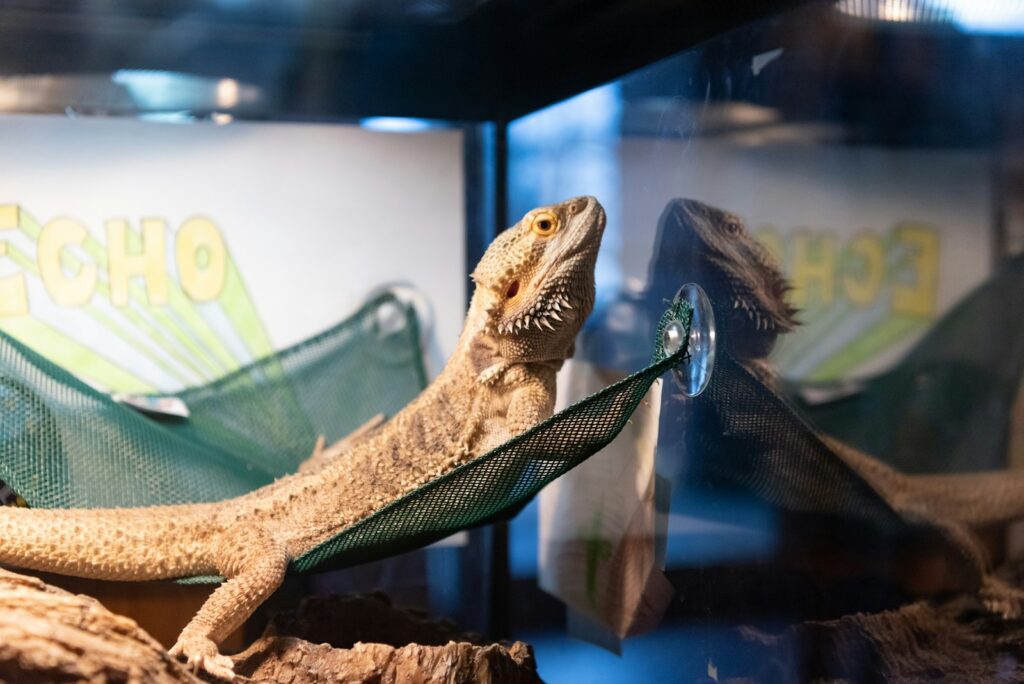
Maintaining a consistent daily lighting schedule that includes proper UVB exposure is critical for vitamin D3 synthesis, calcium metabolism, and natural behavior cycles in most reptile species. UVB bulbs should be replaced according to manufacturer recommendations, typically every 6-12 months, even if they still produce visible light, as their UVB output diminishes over time. Position UVB lighting at appropriate distances based on the bulb’s strength and your species’ requirements, allowing your reptile to self-regulate their exposure through movement within the temperature gradient. Automate lighting with quality timers to ensure your pet receives consistent day/night cycles of approximately 12 hours each, with seasonal adjustments for species that naturally experience photoperiod changes. Remember that UVB cannot penetrate glass or plastic, so mesh screens or open tops are necessary for proper UVB transmission from bulbs to your reptile.
Handling and Socialization
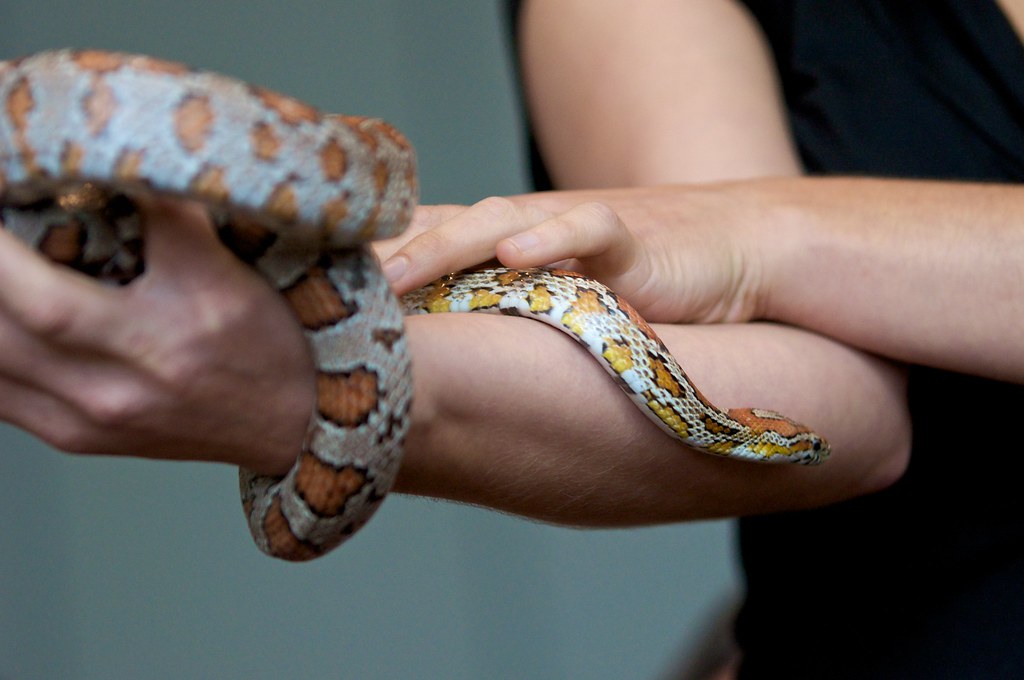
Establishing a regular handling routine appropriate for your reptile’s species and individual temperament builds trust and reduces stress during necessary interactions. For species that tolerate handling well, short daily sessions help maintain socialization and provide enrichment through new perspectives and experiences. Always wash hands before and after handling to prevent disease transmission and remove any scents that might cause your reptile to mistake your fingers for food items. Respect body language indicating stress or discomfort, such as hissing, puffing up, tail whipping, or attempting to flee, and never force interaction when your pet displays these warning signs. For more nervous species or individuals, consider implementing target training with a designated stick or other tool, which allows for controlled interaction without the stress of direct handling.
Managing Seasonal Behavioral Changes
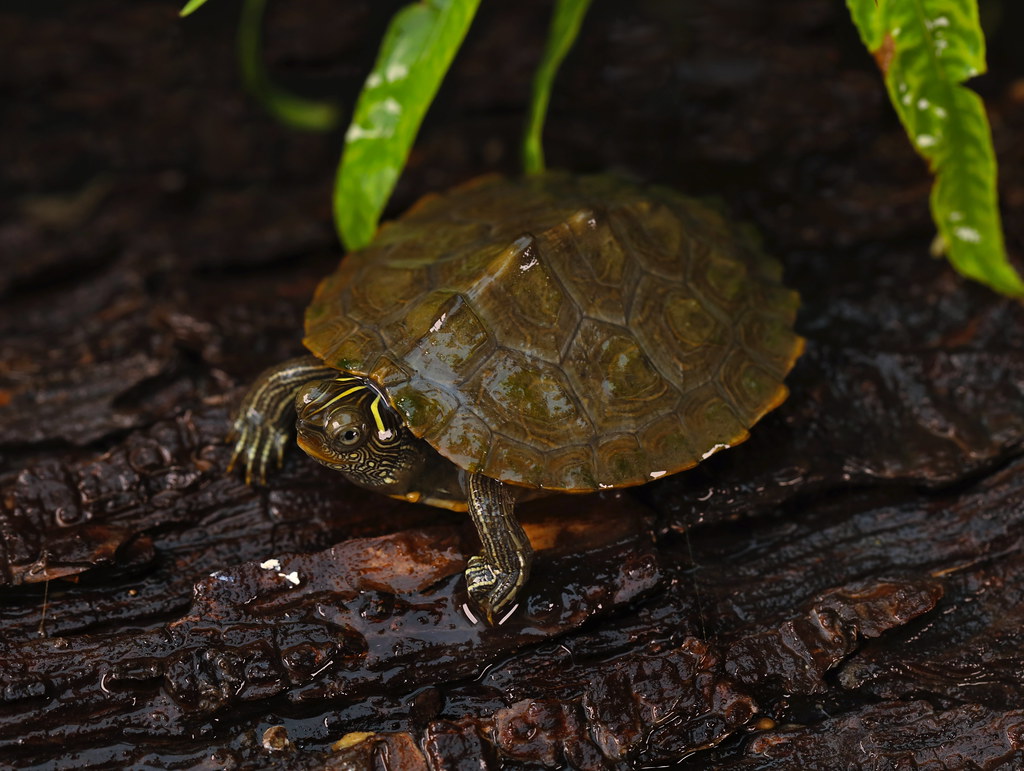
Recognizing and accommodating natural seasonal behavior patterns helps maintain your reptile’s health through potentially challenging periods like breeding seasons or brumation. Many reptiles experience seasonal changes in appetite, activity, and behavior that reflect their wild counterparts’ natural cycles, even in captivity with controlled conditions. During these transitions, adjust feeding schedules accordingly, offering smaller or less frequent meals during periods of reduced activity while ensuring nutrition remains balanced. For species that naturally brumate (a reptilian form of hibernation), research proper protocols for safely facilitating this process if appropriate for your individual pet’s health status and age. Breeding behaviors may manifest seasonally even in solitary reptiles, potentially causing changes in territoriality, appetite, or activity levels that require adjustments to handling routines and habitat management to minimize stress.
Maintaining Proper Substrate Conditions
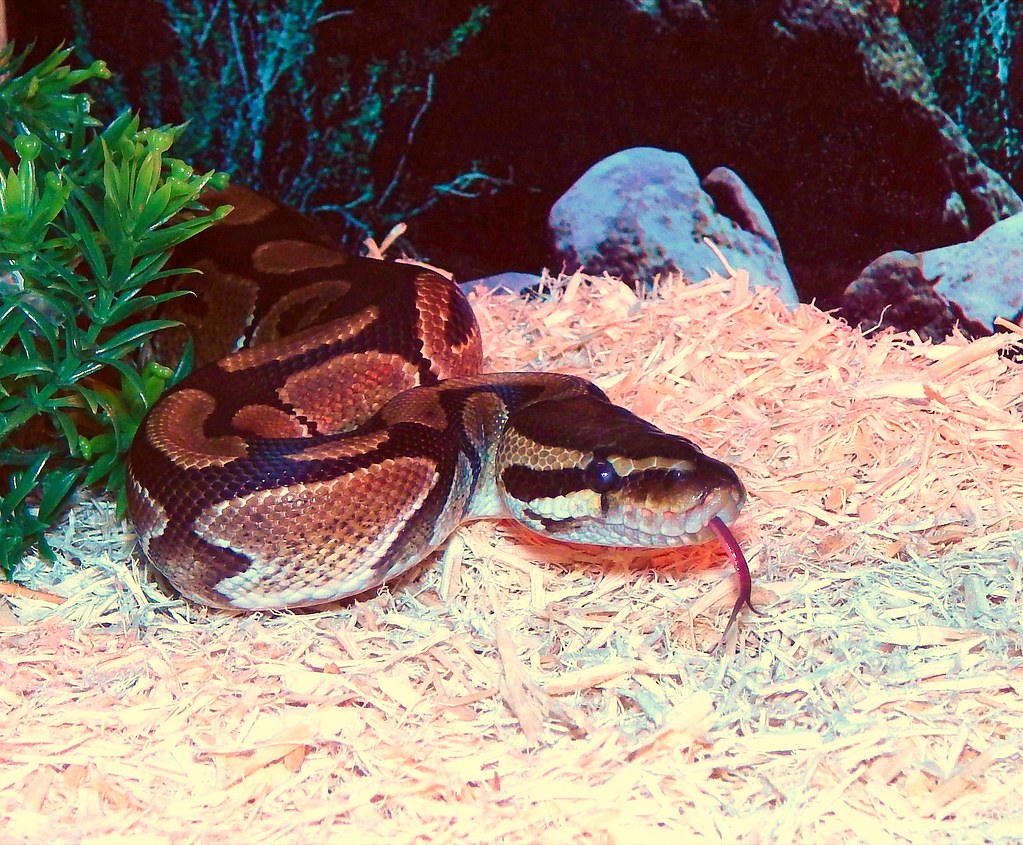
Checking substrate condition daily ensures your reptile’s environment remains clean, appropriately moist, and free from mold or bacterial growth. Different substrate types require specific maintenance—coconut coir or cypress mulch may need regular misting to maintain humidity, while newspaper or reptile carpet requires more frequent complete changes to prevent waste buildup. For bioactive setups with live plants and cleanup crews, daily maintenance includes removing larger waste items while monitoring the overall health of the miniature ecosystem. Pay special attention to areas where your reptile spends significant time, such as beneath heat sources or in favorite hiding spots, as these locations often require more frequent substrate maintenance to prevent unsanitary conditions. For burrowing species, ensure the substrate depth remains sufficient and properly compacted to support tunneling behavior without causing collapses that could potentially trap your pet.
Record Keeping and Growth Monitoring
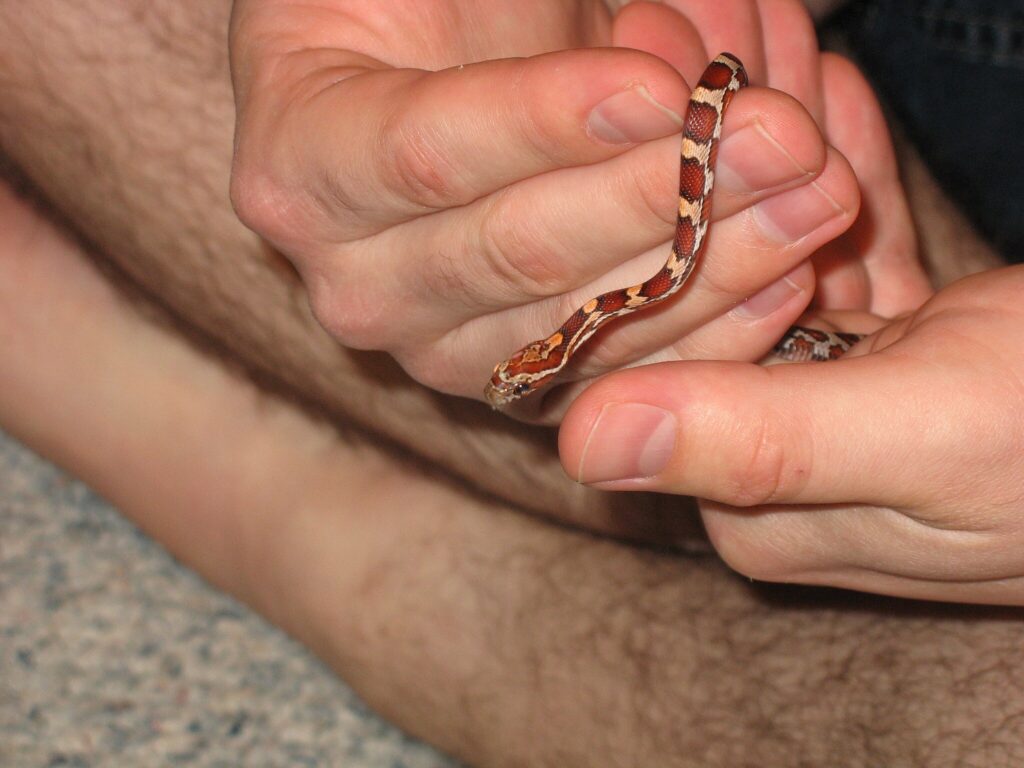
Maintaining a daily or weekly log of your reptile’s activities, feeding, weight, and environmental parameters creates an invaluable reference for tracking long-term health patterns. Record keeping helps identify subtle changes that might otherwise go unnoticed, such as gradual weight loss, decreased feeding frequency, or seasonal behavior shifts. Regular weighing sessions, conducted weekly for juveniles and monthly for adults, help monitor growth rates and detect potential health issues before they become serious. Photograph your reptile periodically from standard angles to document physical development, color changes, and any concerning physical anomalies that might develop gradually over time. These records prove particularly valuable during veterinary visits, providing comprehensive health histories that assist in accurate diagnosis and treatment planning when health concerns arise.
Emergency Preparedness Review
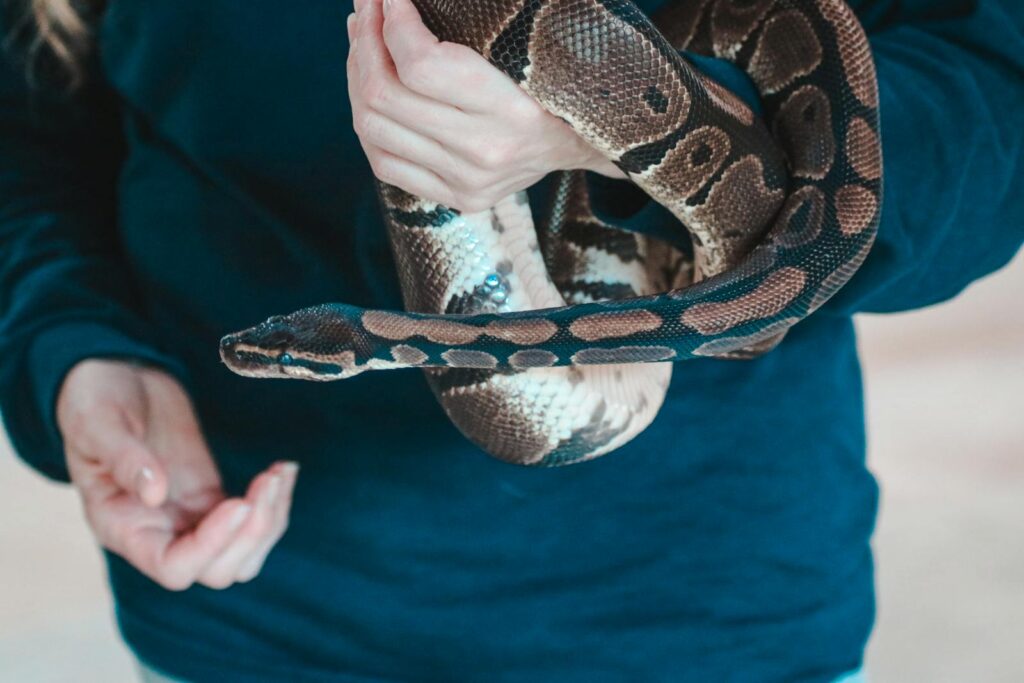
Regularly reviewing your emergency preparedness ensures you’re ready to act quickly if your reptile experiences health issues or environmental emergencies. Keep a reptile first aid kit accessible, including items like betadine solution, sterile saline, cotton swabs, and small syringes for medication administration if needed. Maintain current contact information for your exotic veterinarian and the nearest emergency exotic animal hospital, along with detailed care instructions should someone else need to tend to your reptile during an unexpected absence. For species with specific environmental requirements, have backup heating, lighting, and power solutions readily available to maintain proper conditions during equipment failures or power outages. Periodically check that emergency supplies remain in good condition and haven’t expired, replacing items as needed to ensure they’ll function properly if an urgent situation arises.
Establishing consistent daily habits for reptile care creates a foundation for long-term health and wellbeing that benefits both the animal and owner. These routines not only ensure physical needs are met but also strengthen the bond between you and your scaly companion through regular positive interactions. While the specific requirements vary significantly between species, the principles of providing appropriate environmental conditions, nutrition, enrichment, and observation remain universal cornerstones of responsible reptile keeping. By incorporating these daily habits into your care regimen, you’ll create an environment where your reptile can thrive rather than merely survive, expressing natural behaviors and maintaining optimal health throughout their lifespan. Remember that successful reptile keeping is a continuous learning process, and staying informed about emerging care information for your specific species allows you to refine your daily habits to provide the best possible care for your unique pet.

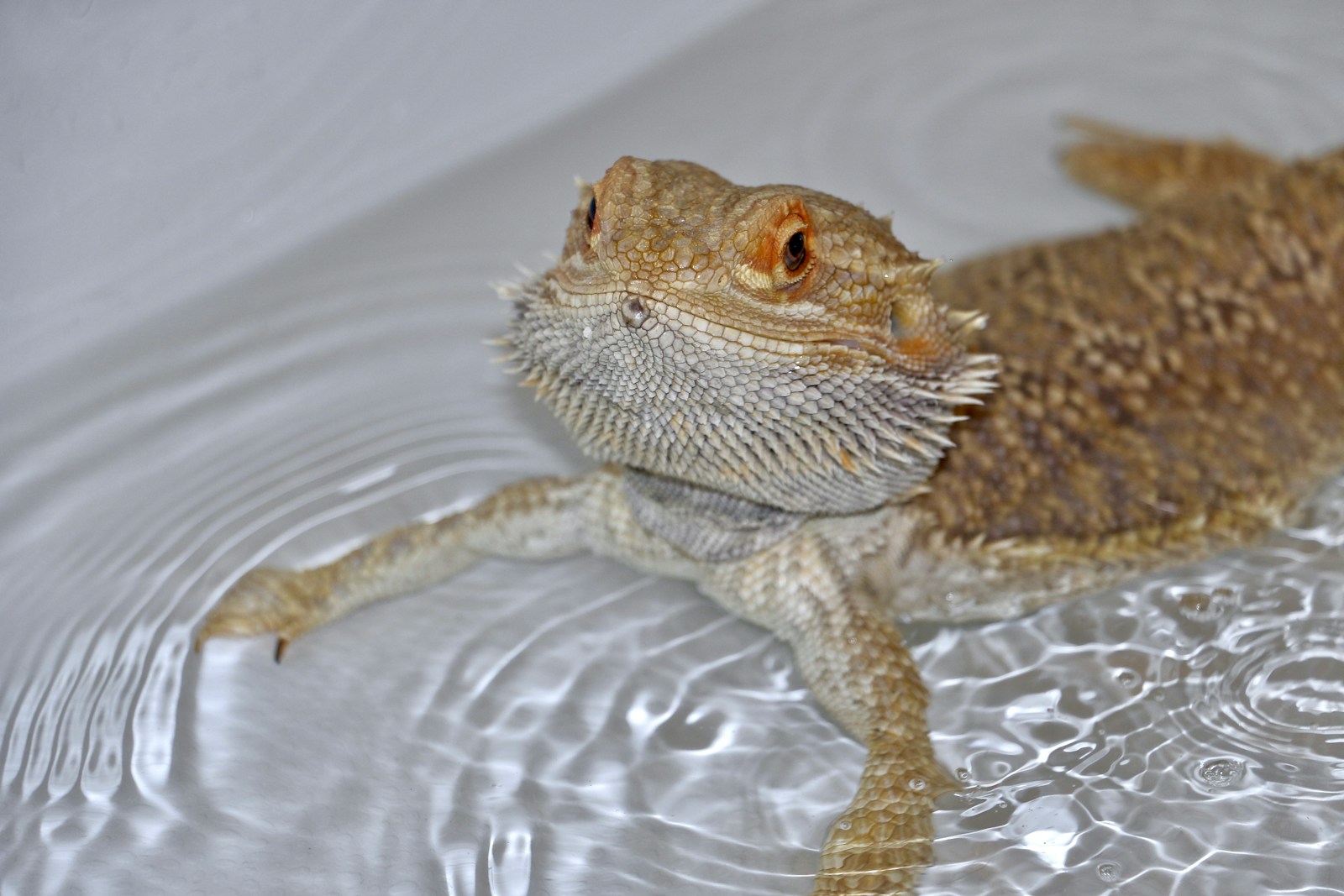
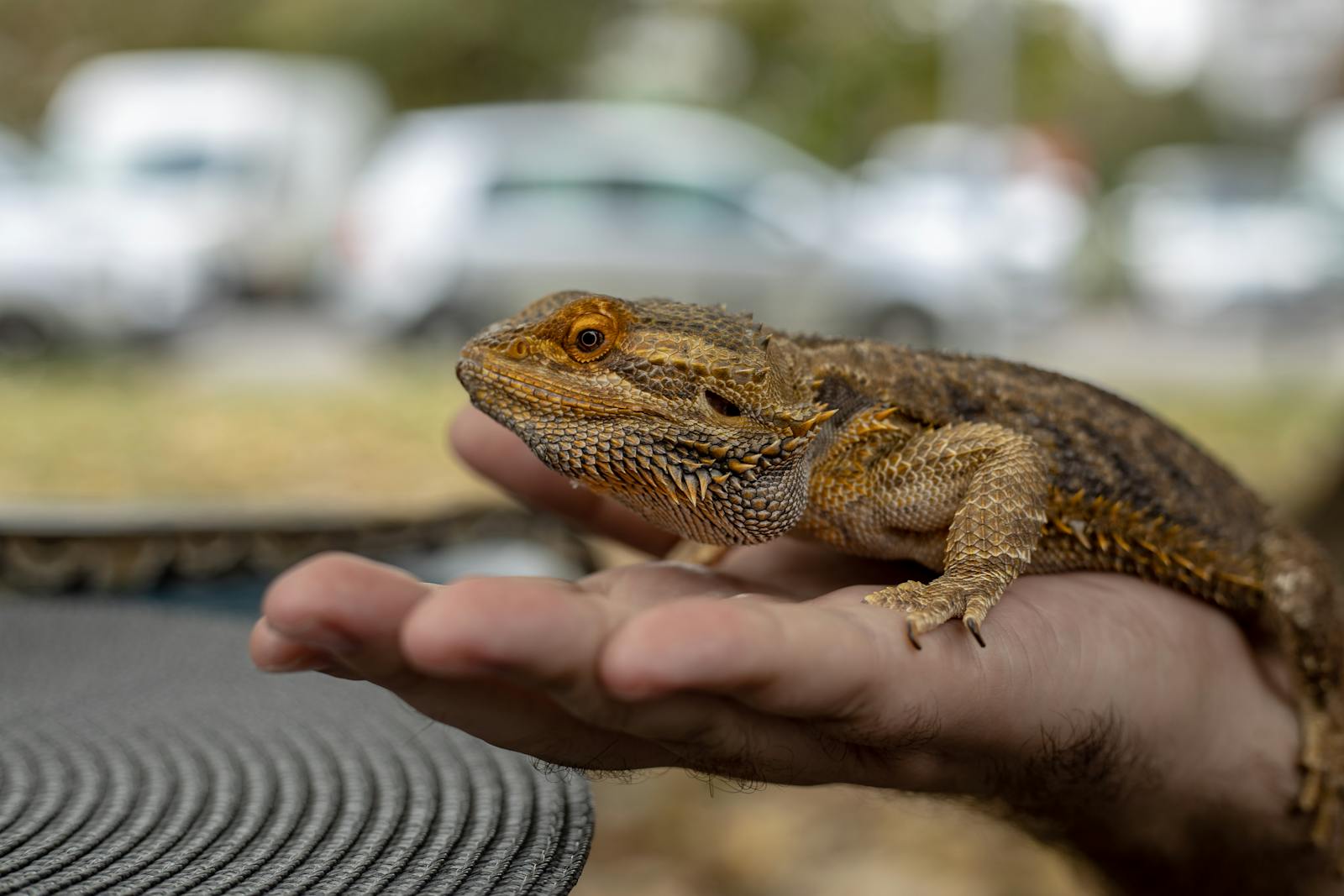
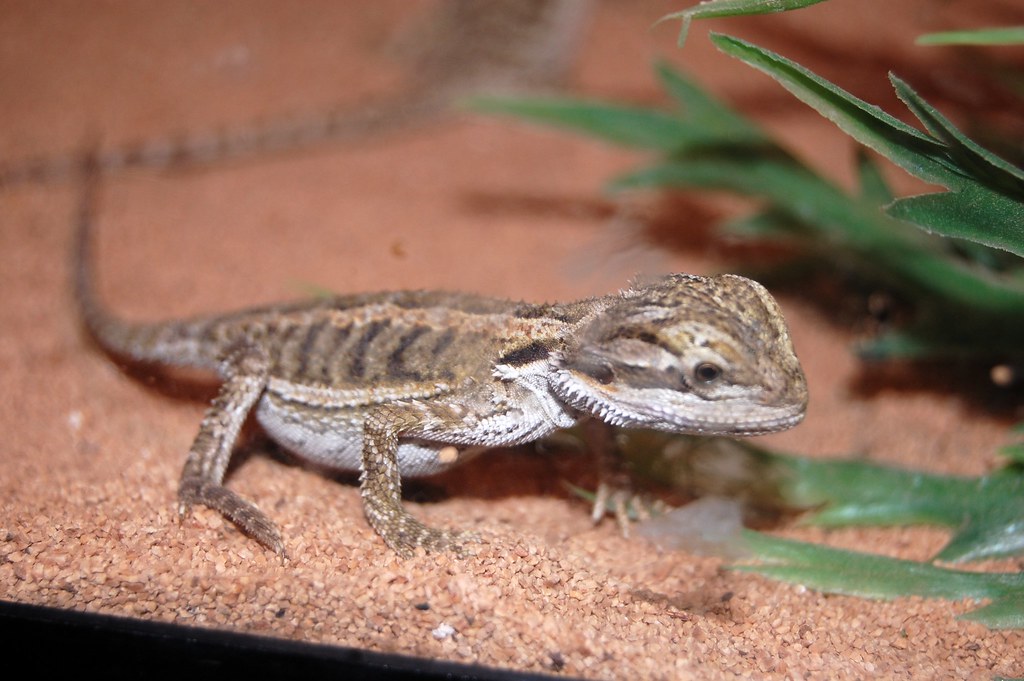
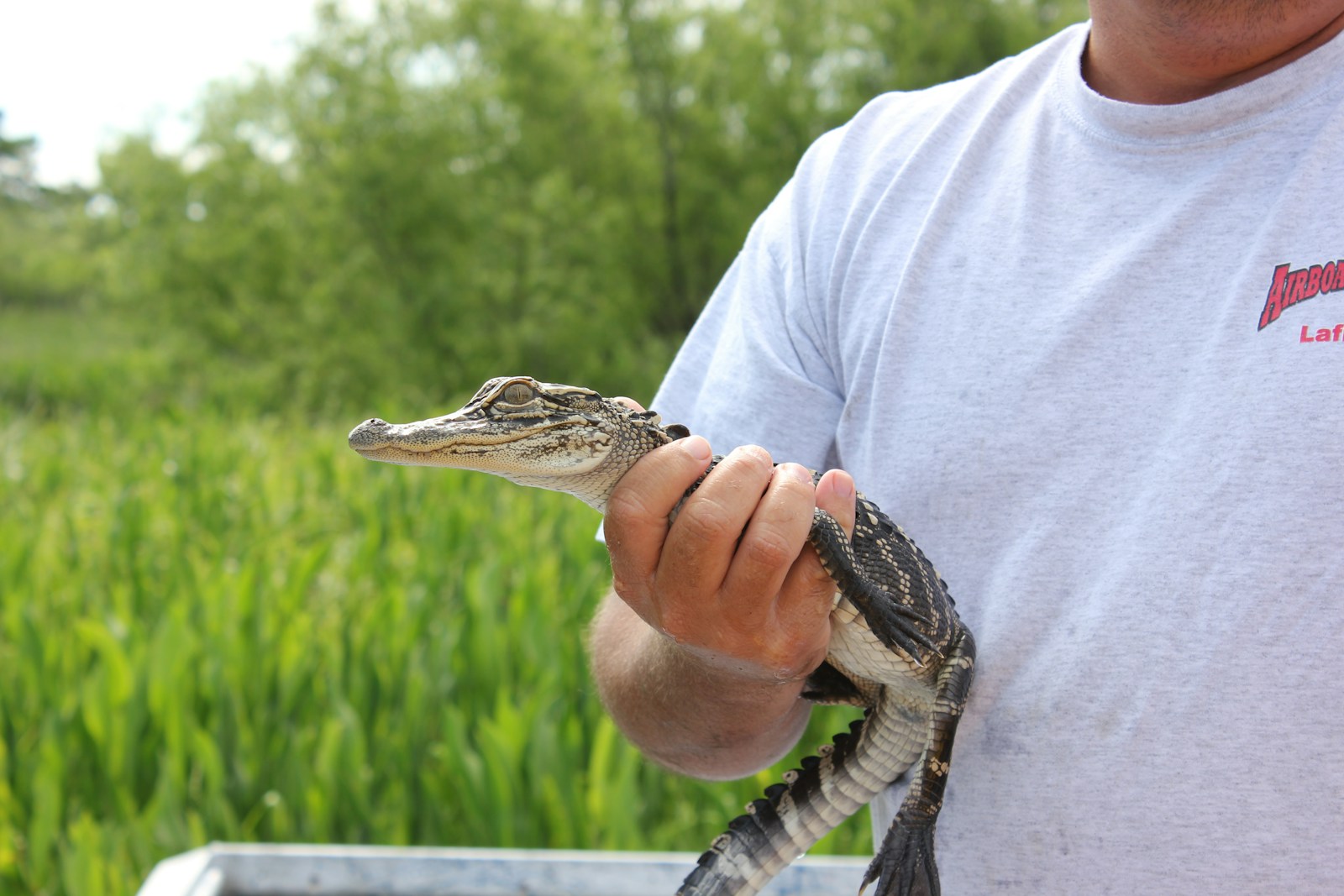

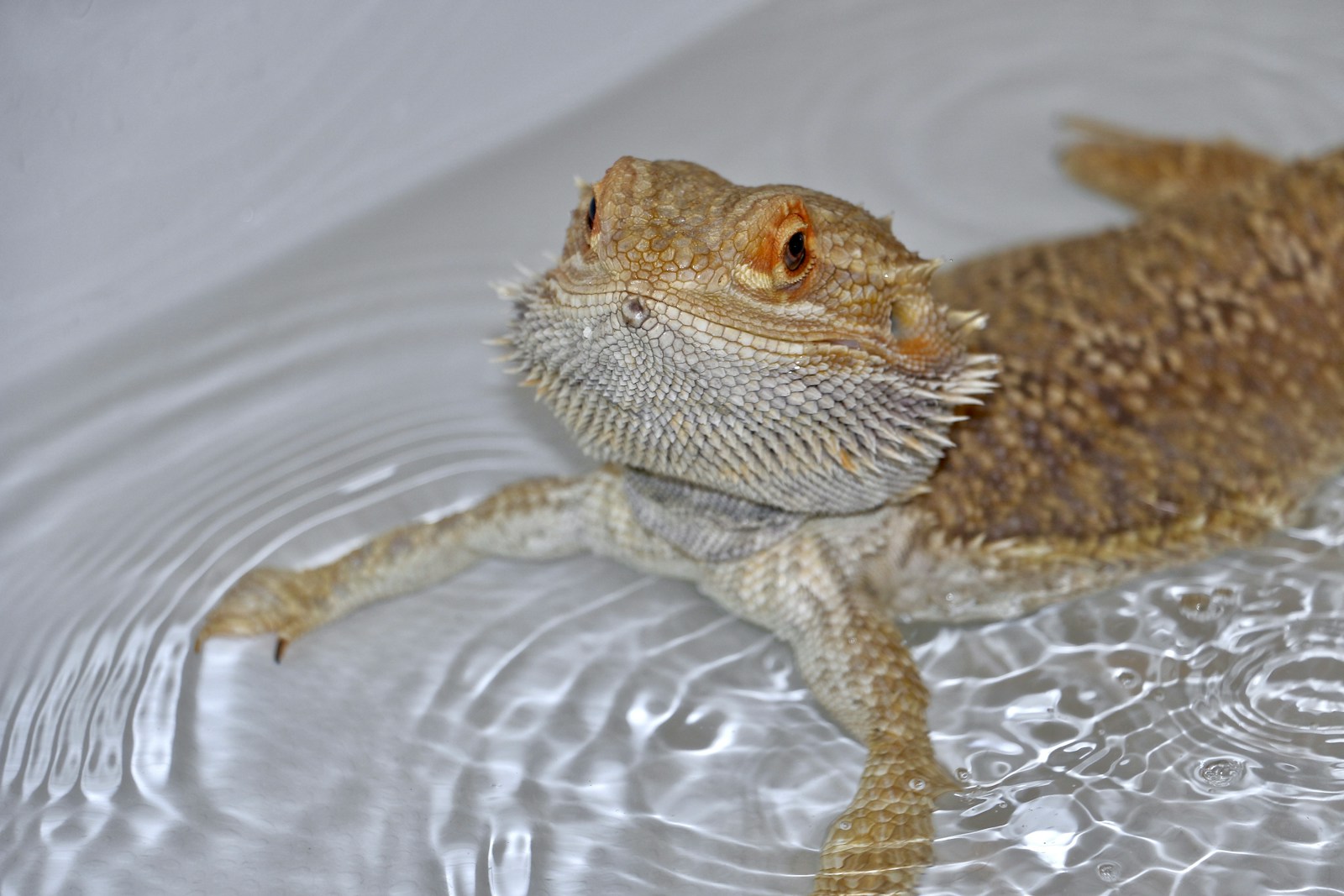
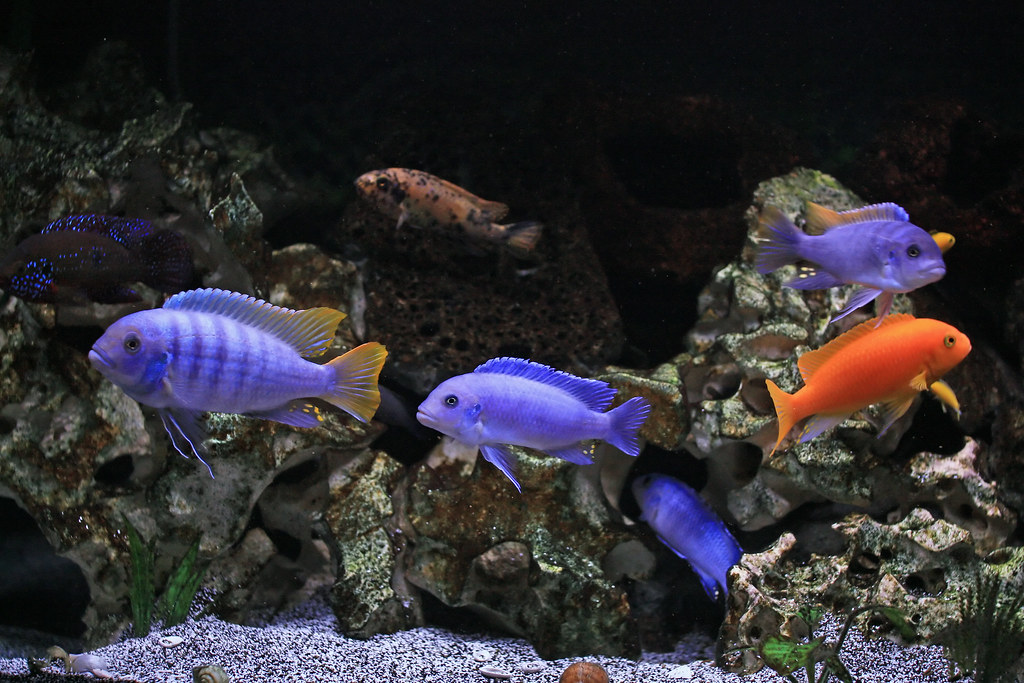
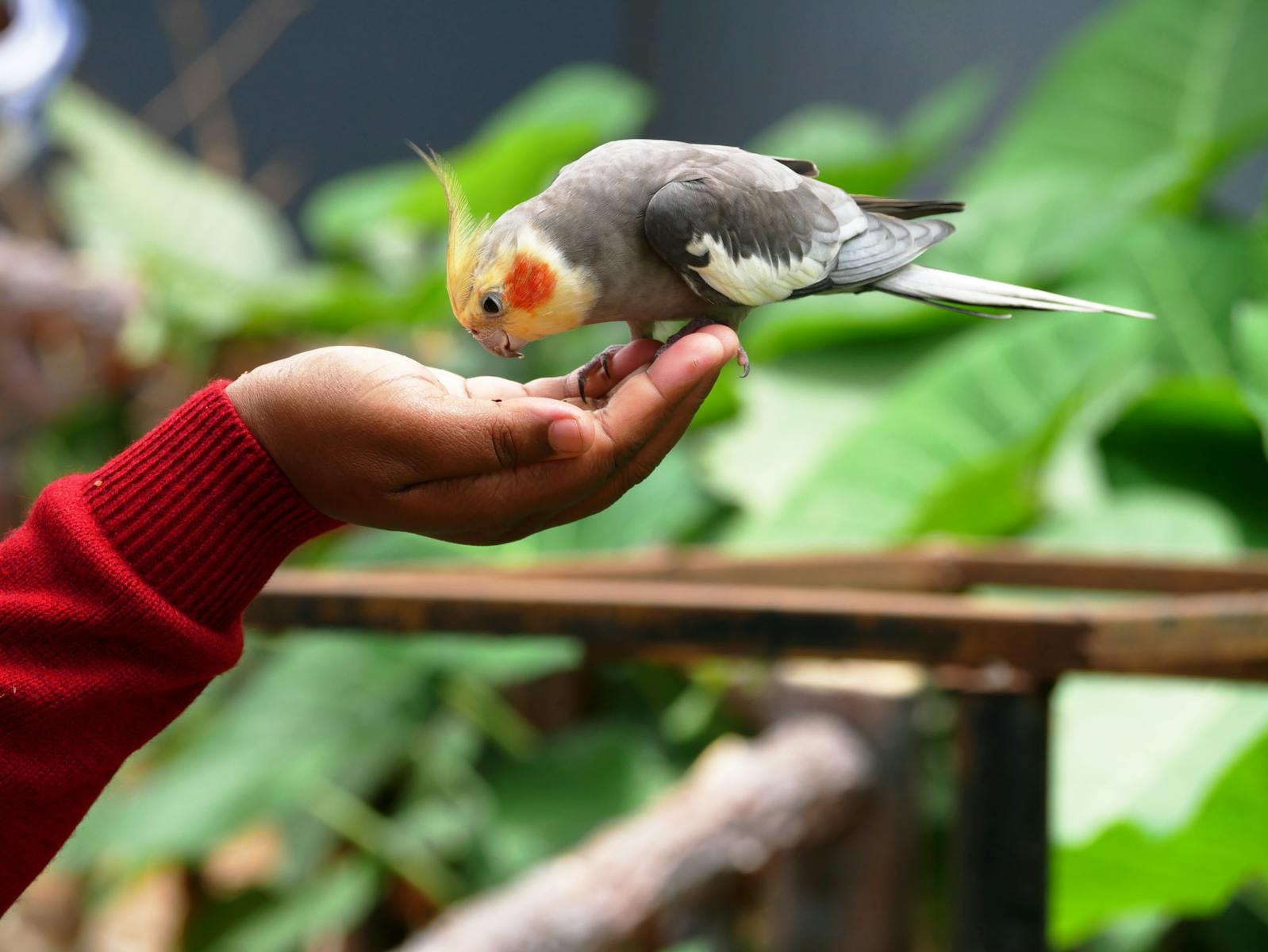
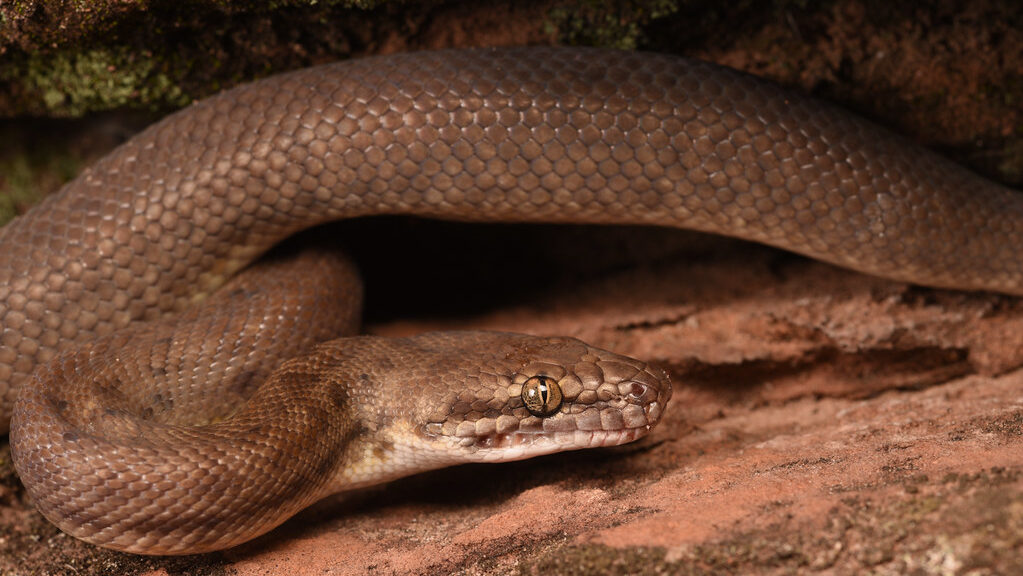
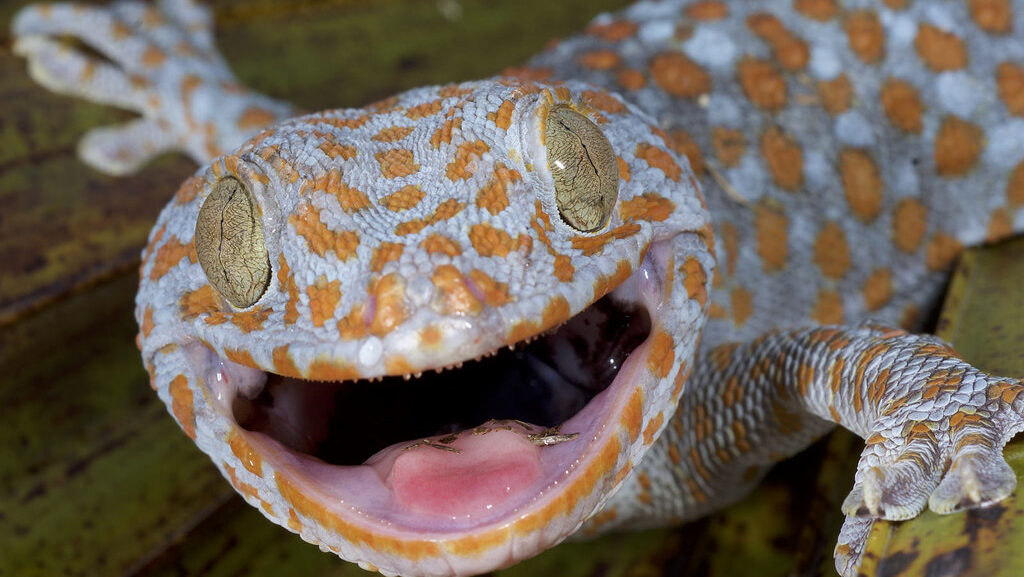
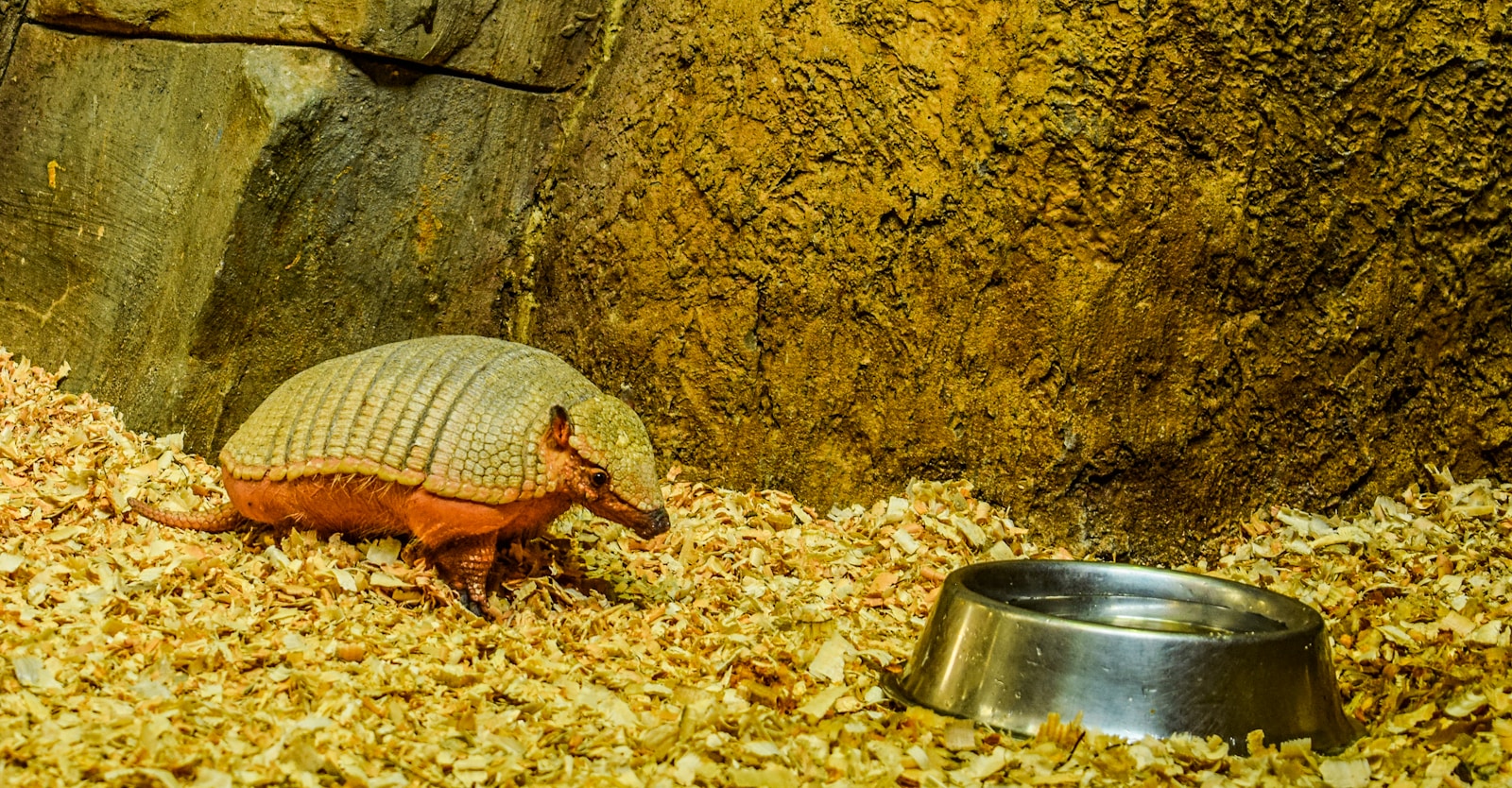




Leave a Reply